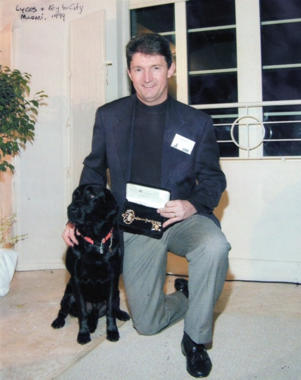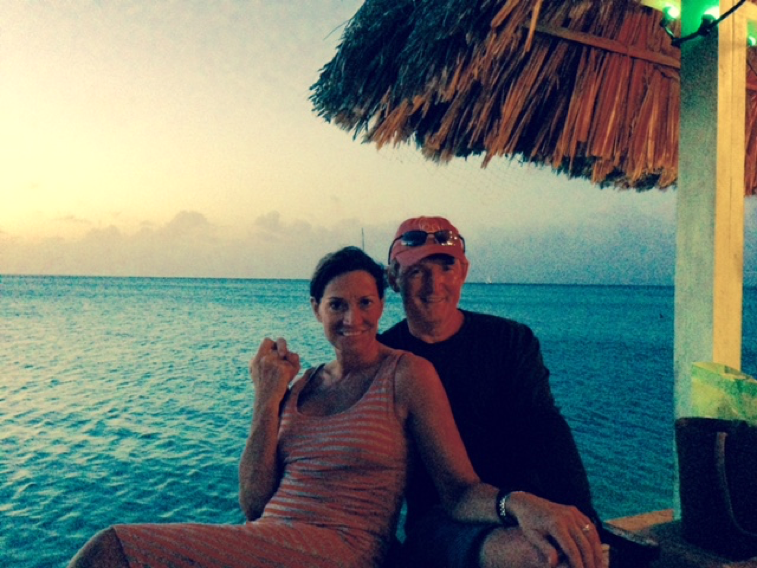It's perfect timing for Matt Fates' Investor Q&A on VentureFizz. Just last week, Ascent Venture Partners led a $12.9M Series B round of funding for Pwnie Express in Boston, a leading provider of device threat detection. Matt will be joining Pwnie Express' Board of Directors.
Fates is a General Partner at the firm and has been investing in Boston startups since 1998. Prior exits include Interactive Supercomputing (acquired by Microsoft), Cymfony (acquired by TNS), Fidelis (acquired by General Dynamics) and others.
Learn more in my Q&A with Fates below.
Keith Cline: Tell us about your background.
Matt Fates: My father was a fighter pilot in the U.S. Navy and I was born at the Navy Hospital in Norfolk, Virginia. My parents said it cost them under $5 in medical bills, and yet at times they still questioned whether it was worth it. I was the kind of kid who did not like to be told what to do. After Dad’s service, we moved to the Boston area until I was 9, then to London, England for five years (a terrific experience), then back to Boston. I have a younger brother who lives in La Jolla, California today. I don’t like to talk about the weather with him.
I went to Yale because it was the best school I got into and a great opportunity. It ended up being a lot of fun too. I didn’t know exactly what I wanted to study, but I had been a bit of a computer nerd since the advent of the Commodore 64 and I ended up being drawn to Computer Science. Senior year, I did the first senior project in Javascript, although I still prefer good old C as a programming language. I was savvy enough even then to know that business skills were important, and the closest thing was Economics, so I double majored. The only overlapping class was Econometrics – basically economic statistics. If you could consistently stay awake through that one, you just weren’t enjoying college enough.

Fates and the Yale men’s Rugby Team, 1995
I was also lucky enough to meet my now-wife, Katie, at Yale. Of course, being a nerd, I met her online initially (seriously) as she chatted with me using the ancient Pine system. Thank goodness she turned out to be an attractive girl and not some creepy old dude!
After college, I decided to go the business route instead of becoming a programmer at Microsoft or Oracle, who were the big tech recruiters at the time. I went into investment banking, joining the leading tech investment bank of the day, Alex. Brown & Sons. I worked with some wonderful people, many of whom are in the broader venture community today. I was involved with some great companies as they went public or through M&A transactions, including Ciena, RSA Security, and BB&N.
While I learned a lot, I decided this career was not for me as it was too far removed from the actual technology and the people who were really making it happen. I moved to Norwest Venture Partners, a leading bi-coastal venture firm in 1998, and worked with two general partners as the tech world raced toward a bubble. While things certainly became overheated by 2000, again I got to work with some great companies, like Broadband Access Systems, Yipes Communications, Goldwire technology, CoSpace, Authentica, and Authoria. As the age of “irrational exuberance” piqued, my prescient boss suggested that he was not going to invest anymore given the insane environment, and I should think about business school.
I chose Tuck as many of the people that I respected the most from my four years of work experience had gone there. I was also amazed that every recent alum I called when doing my due diligence on the school called me right back. It’s no surprise both Dartmouth and Tuck have among the most loyal alumni anywhere. Tuck offered the opportunity to stay in the New England area, which I welcomed as I felt it was a great place to do B2B tech. Tuck was also very team oriented and fun, and I was able to get back to sports like ice hockey, rugby, and skiing (I converted to telemark skis while at Tuck to get access to the backcountry).
KC: How you did you get into venture capital in 2002? What was the investment climate like back then and has that period of time helped you over the long run as an investor?
MF: I actually got into venture capital in 1998 at Norwest Venture Partners, and then returned after business school in 2002, joining former Norwest colleague Geoff Oblak at Ascent Venture Partners (amazing I was able to fool him twice – hard to do). Getting back into venture when I already had some industry experience was easier than doing it cold.
The venture investment climate was still very much in recovery or hangover mode in 2002. The massive amount of capital that had been raised and invested between 1999 and 2001 still lingered, and even though many startups had already shut down, there were still some fighting to survive from that era. Those that were able to pivot and adjust to the reality that capital was not an abundant resource managed to provide some decent outcomes for investors over time.
Witnessing that cycle first hand, from the mid-90s through 2002, and then the next one from 2003 to 2010, was incredibly valuable and provided perspective that you can only get through experience. Like so many things in life, venture investing is a cyclical industry. As it continues to mature and change, the booms and busts are perhaps not as severe, but it is still a very risky asset class that requires real expertise to properly navigate.
KC: You have been an investor in the Boston tech scene for several years, how has the ecosystem evolved since then?
MF: There are a number of significant differences today versus the mid- to late-1990s.
First, entrepreneurs on average have gotten younger. It used to be that folks generally worked at established companies initially, then identified a problem at some point in their career, and felt they had the ability, financial flexibility, and enough training on how business works to go solve it. This still happens today, but many young people seem to want to skip the traditional job, and go straight into entrepreneurship and startups. In many regards, I don’t blame them. Startups can be exciting and dynamic places to work where each person can see the difference they make. But it means they are really learning as they go, lack formal training, and usually don’t have any special insight into an industry or particular problem. These can be important trade-offs. Sometimes not knowing how “it is usually done” is good thing, but sometimes that means making the same mistakes others have before you.
The funding landscape itself has changed a lot as well. There is far more angel and seed capital available today for example. On the venture side, many of the firms that did early stage investing in Boston 15 years ago are now either gone or have become much larger. They focus on later stage deals that really look more like private equity or mezzanine/growth type investments to me. There are only a handful of firms that have been through numerous tech cycles and still focus on early stage venture.
I think there is more collaboration today. This is true in many areas of business and the economy, as modern technology has made it much easier to share and work together, but I also think the Greater Boston tech community has made some important steps forward in particular around working together. Programs such as MassChallenge, Techstars, and others have done a good job in helping to pull us all together to help promote entrepreneurship.
KC: How has venture capital changed or evolved over the years, as well?
MF: In addition to the shifts in the funding landscape I mentioned earlier, I have also seen entrepreneurship globalize in a very meaningful way over the last decade. We see a far greater number of promising companies emerging internationally today. Some venture firms have added partners and offices around the world to try and capitalize on this. While these entrepreneurs may not have the local culture that allows them to recover from failure, they have at least the same level of drive and passion as U.S. entrepreneurs, if not more.
KC: Do you have any interesting / fun stories to share from your time as an investor?
MF: Many. I could probably write a book. The first two that come to mind are:
- During a meeting with a new prospective company, the Executive Chairman (who said he was “just there to listen”) would not let the CEO leave to go to the bathroom before the pitch was over. Wow…
- During the eleventh hour of an acquisition of one of our portfolio companies, the acquiring company had a bad quarter and backed away from the deal, making up nonsensical excuses. Within a couple days, a founder, board member, and the portfolio company CEO connected with the CEO of another public company that had shown interest. We were able to get the same deal done with that company about six weeks later. Now that is rare.
KC: You have a very impressive track record with several investments leading to an exit. Can you highlight some of them?
MF: I have had the good fortune to work with a number of great management teams and fellow board members. It’s probably unfair to pick some versus others. I’ll just say they were all challenging and rewarding in their own ways (kind of sounds like I am talking about my kids).
For better or worse, we do get quite emotionally involved and share in the stresses and successes of the companies we work with.
KC: What companies are currently in your portfolio?
MF: Our portfolio includes companies such as CloudLock, Invaluable, RapidMiner, StartApp, V.i.Labs and TimeTrade. The newest investments are Pwnie Express, SideCar and Vee24.
KC: What stage of investments do you primarily target?
MF: We exclusively target early stage B2B technology investments. We define early stage as after seed, but before growth. This means some initial customer traction and validation, and revenues roughly in the $500K to $5M range.
KC: What are the top traits you look for in terms of investing into a company?
MF: Strong and passionate team. Scalability. Compelling product and market fit. Attractive business model.
KC: What sectors of technology, industries, or trends are of interest to you?
MF: Within B2B tech, we focus on SaaS Software, Data Analytics, Cloud Business Services, Mobility and Communications, and Security and Compliance. Some of the themes we are actively investigating currently include the convergence of Cloud and Mobile, as well as Machine Learning.
KC: What is the current fund that you are investing from?
MF: We are investing out of our sixth Ascent fund.
KC: What excites you about the current market in Boston?
MF: It’s hard to provide a short answer to that question. The Greater Boston area has had a sustainable innovation and startup ecosystem for decades, going back to the advent of the first computer. For what we do at Ascent, I don’t think there is a better place on the planet. We put together this infographic blog about a year ago to share some of the reasons why we feel the Northeast is the ideal place for early stage B2B. Boston is really the heart of the region on that front. A number of the companies we have backed in recent years have been started elsewhere and moved to Boston for the reasons outlined in the graphic.
KC: Looking back at your prior exits as an investor, are there any common traits about these companies that led them to a successful acquisition?
MF: Strong and passionate team. Scalability. Compelling product and market fit. Attractive business model.
The cut and paste is intentional. We seek out opportunities that share traits with what has worked before, trying to also be cognizant that the tech world is constantly changing.
KC: What companies in Boston, outside of your portfolio, do you find interesting?
MF: LogMeIn, Demandware, Rapid 7, and Wayfair are all recent local success stories that I really admire.
KC: Greatest misses. What company(ies) have you passed on that you wish you hadn’t?
MF: I’ve been doing this for 18 years… that list would be very long!
KC: Who do you admire or who has been the greatest mentor for you?
I have a lot of respect for Paul Ferri, founder of Matrix Partners. He has done this job as well as anyone. My first “boss” in VC was Ernie Parizeau at Norwest Venture Partners. He was a terrific mentor that was able to stay focused on what was most important and have some fun along the way. He was also a very good investor.
I also have a lot of respect and admiration for my partners at Ascent. We are very lucky to have such a talented and cohesive group - a true team. We have been through some market highs and lows together and remained stable and committed throughout. This can be a fickle business and not many venture partnerships have the tenure together that we do.
KC: Outside of being a VC, what are your personal interests or activities?
I have a wonderful wife and four kids (13, 11, 9, and 6 years old), so they are the focus of most of my free time.
Our kids are all quite active, so we spend a lot of time outdoors at their sporting events, at the beach or a ski hill, or in the backyard. I help coach lacrosse, field hockey and volunteer at ski races. I love sports myself and still play lacrosse, soccer, ski and rock climb when I can.
To stay in shape, I train for and race triathlons and other endurance events in the summer months. This year I am doing the Best Buddies Ride, which is not a race, but is for a great cause that is close to my heart. I also enjoy photography, reading, and cooking.

A Fates family photo from 2015

Fates' oldest son rock climbing
KC: What type of music do you like? What was the last concert that you went to?
MF: I like all kinds of music from classical, to rock, to country, to blues. I am headed to see The Dave Matthews Band in June with one of my kids and some friends. The last one was Beethoven and Mahler and at the BSO as a guest of some close friends.
KC: What was the last book that you read?
MF: The last book I read is called Second Suns. I highly recommend it. Incredible story of how two doctors are having a massive impact on thousands of underserved patients.
KC: Are you involved in any charitable organizations?
MF: I feel giving back is an obligation that should be taken very seriously. I am a very fortunate person and I do my best to try to help others. For me, the most important area is education. I feel strongly that it is the best way to solve so many of our world’s issues.
I have been involved in a number of roles at the Boston Museum of Science for over 10 years, currently serving on the Board of Overseers. The museum is a national advocate for STEM education and inspires many young people to think about science, technology and engineering as career options. Amongst other things, over the years, I climbed a lot of mountains – literally – to raise capital for the museum, though I am taking a break this year.

Fates on top of Mt. Washington with the “Saco Men”
I am also involved with KIPP MA (Knowledge is Power Program) Charter Schools, serving on various committees. KIPP has proven that great public education can scale, and produces amazing results for students in the toughest neighborhoods, on par with the most affluent towns in the state. This is a truly amazing charter school network.
On a more informal level, I am part of a small group that works with and helps advise the Sarah Greenwood School, a K-8 public school in Dorchester.
This year I am doing the Best Buddies ride to raise money for people with intellectual disabilities. I have joined some friends on the Silicon Valley Bank team, which has been a major supporter of Best Buddies for years.
Keith Cline is the founder of VentureFizz. Follow him on Twitter: @kcline6.





![[Investor Q&A] How Matt Fates of Ascent Venture Partners Supports Boston Enterprise IT banner image](https://venturefizz.com/sites/default/files/im_finish.png)






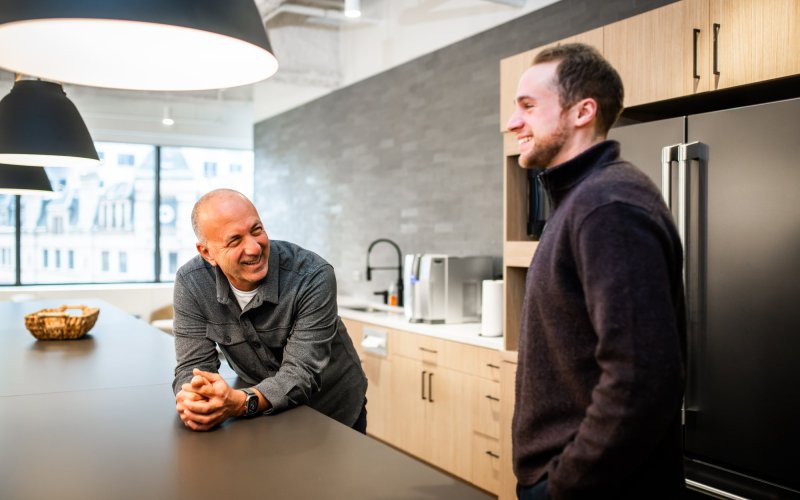

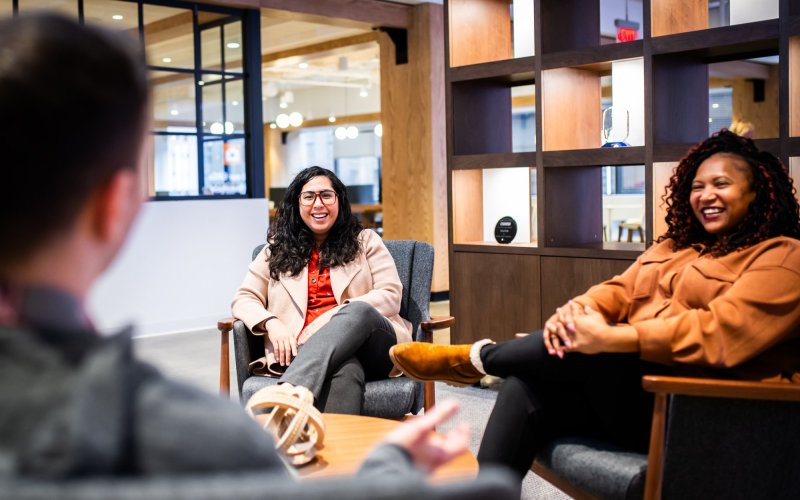

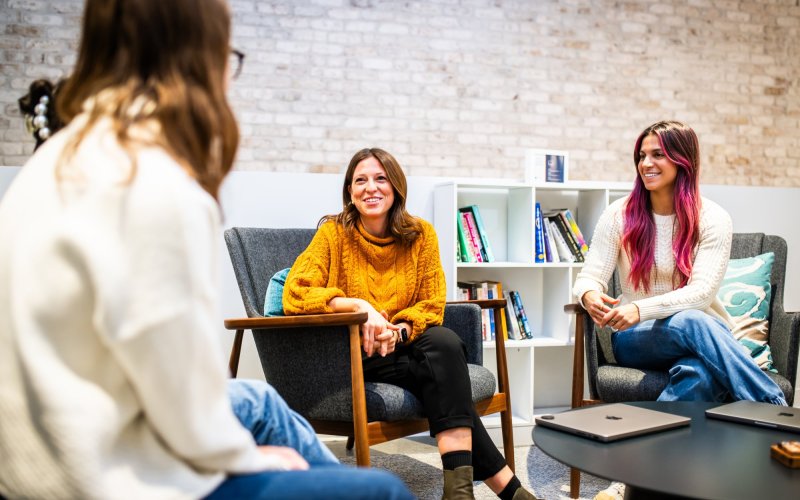

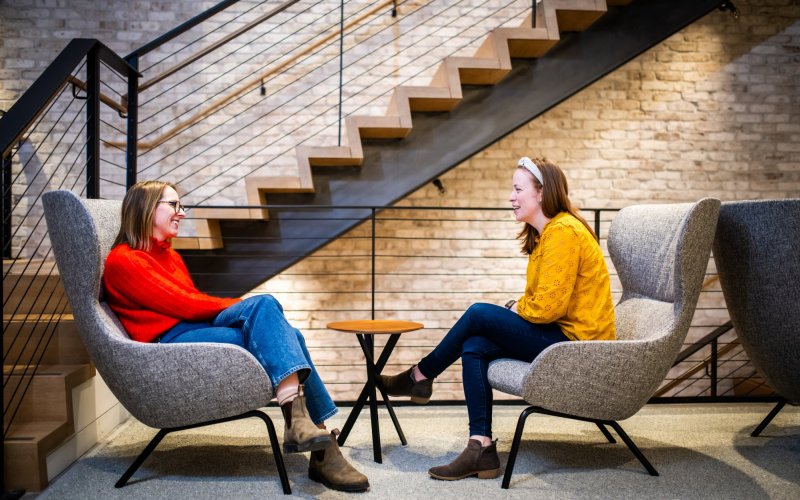

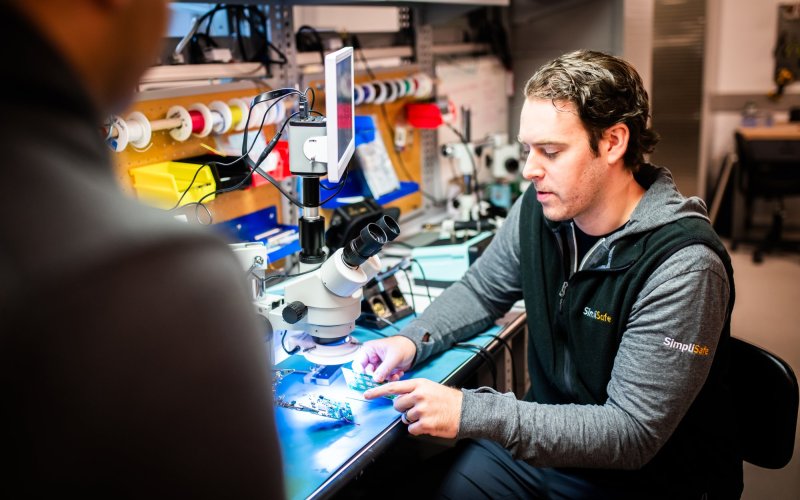

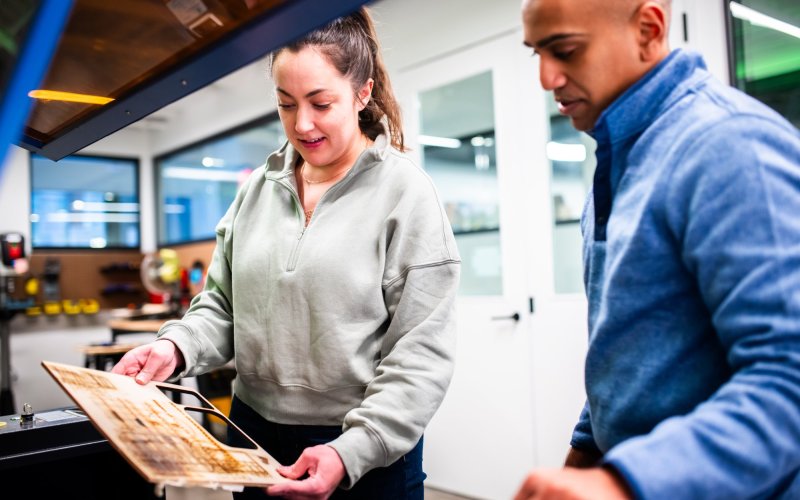







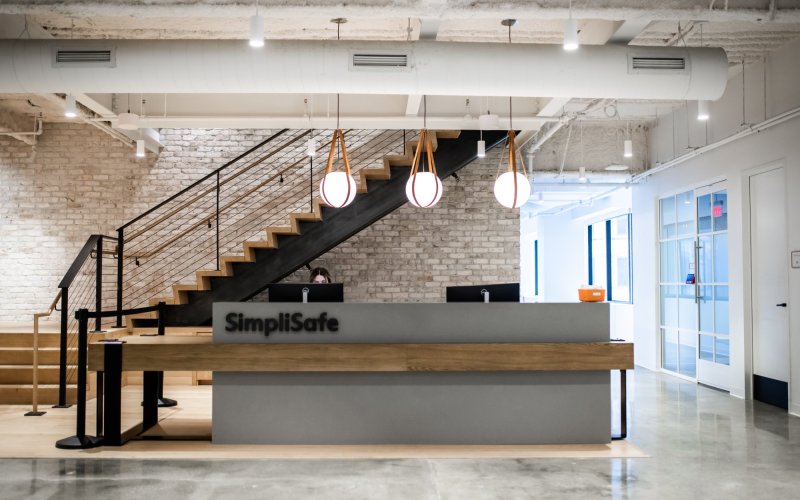
























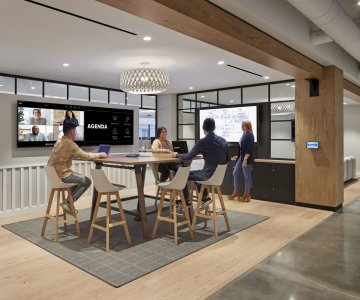

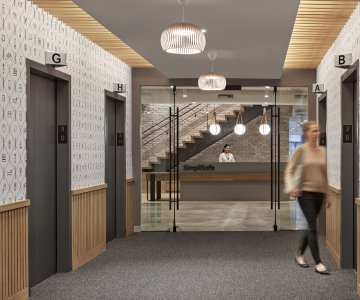
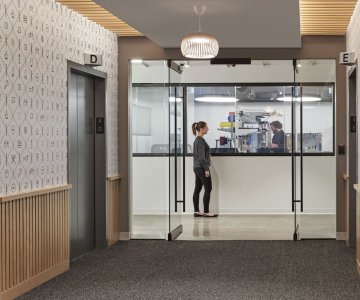





![[Investor Q&A] Ryan Moore of Accomplice: A Proven Track Record of Success banner image](https://venturefizz.com/sites/default/files/ryan_moore_and_family.png)



![[Investor Q&A] TJ Mahony of Accomplice / BOSS Syndicate - Impact Investing In Boston banner image](https://venturefizz.com/sites/default/files/tj_mahony_masthead.png)
![[Investor Q&A] Bob Davis of Highland Capital Partners: Internet Legend banner image](https://venturefizz.com/sites/default/files/bob_davis_world_series.png)
